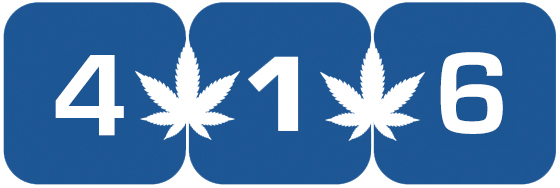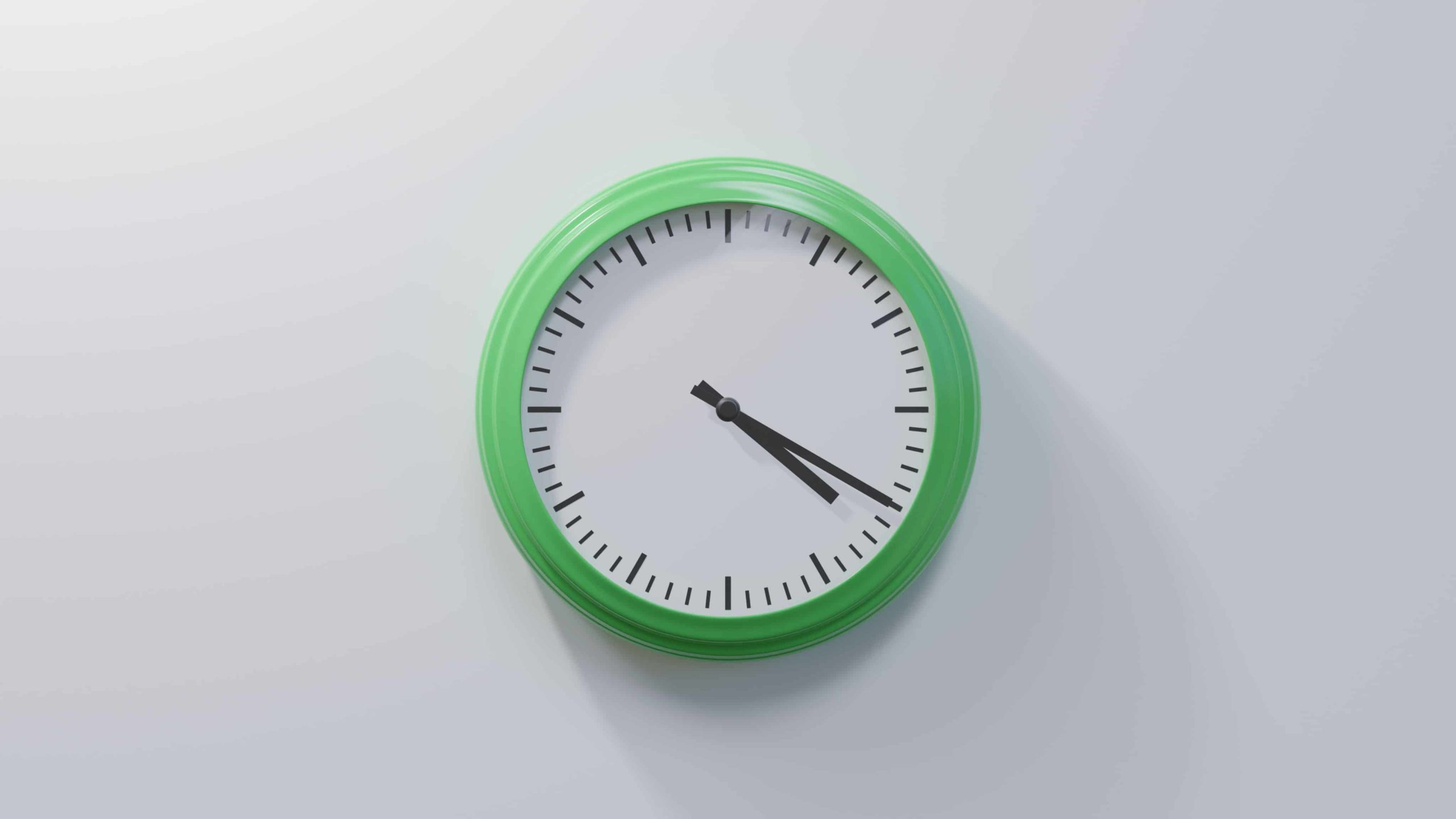Data and market intelligence company Headset released a report on March 15, entitled “Understanding 4/20 cannabis holiday & consumer purchasing trends,” which projects that 2022 will be one of the biggest holidays yet for cannabis sales. The data is collected by Headset’s own software, which examines real-time sales from participating retailers. “April 20 has been the largest single day of retail cannabis sales each year since legalization (with one notable exception), so we understand that it’s a pretty darn significant day,” the report states in its introduction. “We also know that there are some consistent patterns on 4/20 each year: sales surge, customers enjoy massive discounts, and certain categories are more popular than others.”
The report analyzes data collected from various retailers in Arizona, California, Colorado, Illinois, Massachusetts, Maryland, Michigan, Nevada, Oregon and Washington, as well as the Canadian provinces of Alberta, Ontario, British Columbia and Saskatchewan. Data is reviewed by analyzing sales that occurred during the last four weeks prior to April 20, 2021 (reviewing March 23, March 30, April 6 and April 13 of that year).
In the US, from March 2021 to February 2022, flower market share dropped from 46% to 41%, but saw an increase in market share for pre-rolls (25%), vape pens (14%) and edibles (11.9%). “Pre-Roll market share has been slightly more volatile, rising quickly through most of 2021, only to decrease during the end of the year and then increase again in the opening months of 2022. This is a great example of how much can change during a year of cannabis sales!” Between 2020 and 2021, major product categories that rose in percentage included Concentrates, Flower, Edible, Pre-Roll, Vapor Pens and Capsules. This excludes “Tincture & Sublingual” and Topical, which decreased by 4% and 33%. Beverages remained nearly constant between the two years, showing a 4/20 sales increase in 2020 at 184%, and in 2021 at 183%.
Gender and age group consumption data also shifted in the past year. …
Read More
Author: Nicole Potter / High Times








